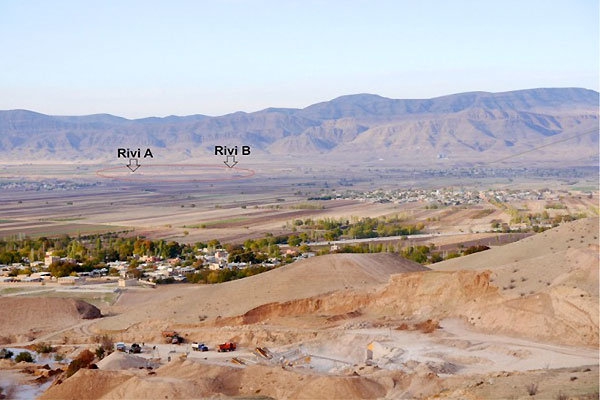Mohammad Javad Jafari, the head of an expedition to two archaeological sites, Rivi 1 and 2 in Samalghan plain in North Khorasan told Mehr News local correspondent that the site had been uncovered first by Iran�s most famous archaeologist Dr. Ezzatollah Negahban in 1967; �the Rivi covers an area of 110 hectares (290 acres), with dominant archaeological features being 3 collection of hills, designated as A, B, and C; a serious expedition dug deep into the history of the site for the first time in 2012 with demarcation and stratigraphic study of hill A; in 2014, a second excavation addressed hill B, and a third season of work in June 2016 was a regular study of the surface features and geophysical properties of the site,� he told the press.
Jafari added that findings and a radiocarbon dating of the charcoal found in the site revealed stratigraphic evidence of settlement from Iron II down to Islamic period; �the archaeological work on Rivi and subsequent study of Iron Age material will contribute to improve the site status as a major Iron Age treasury in the northeast, favorite to lovers and students of archaeology of the Middle East,� he said. �The expedition seeks to shed light to the history of the settlement during historical period in Samangan (Samalghan) with an emphasis upon developments during the major settlements since Iron Age down to historical periods.�
Judith�Thomalsky, head of�German Archaeological Institute, Eurasia Department was second to speak to the press; �during the third expedition to Rivi, the team repaired and restored to original form three stoneware�crocks and the objets trouves during past excavations; the expedition installed 15 landmark posts to raise public awareness about the Rivi historical site and to subscribe the potentials of government support to preserve the site in its intact form,� she concluded.
# Tags











